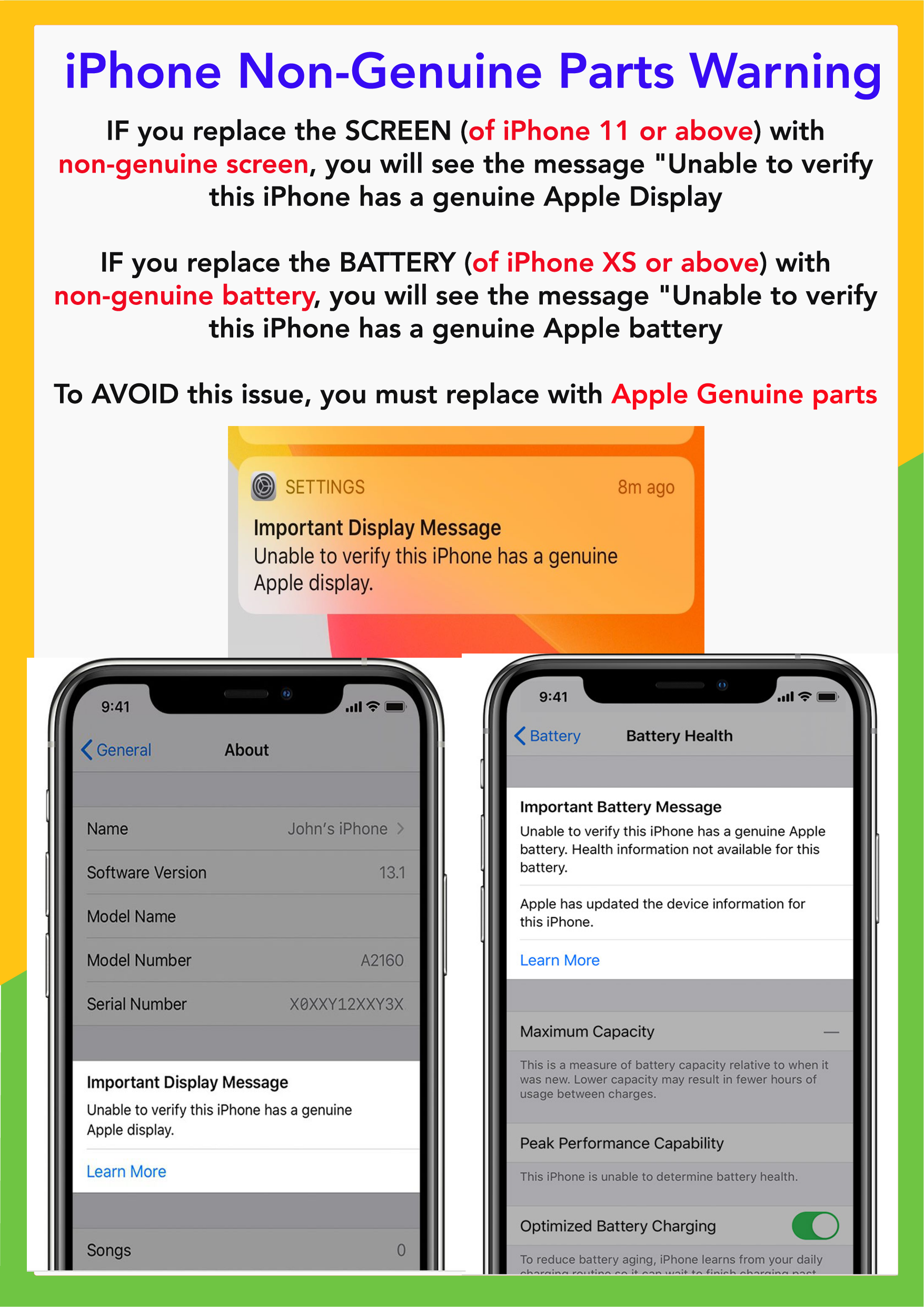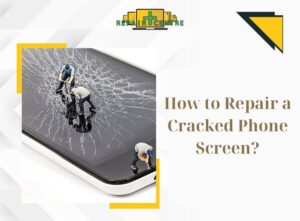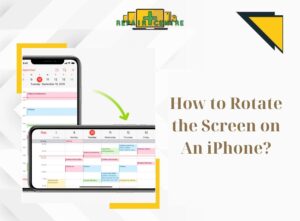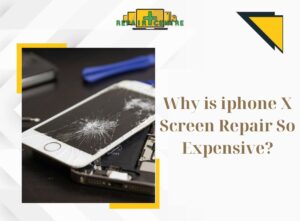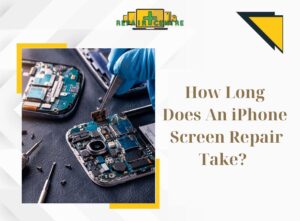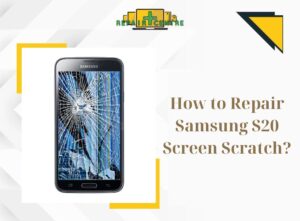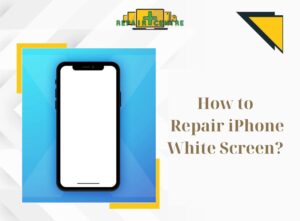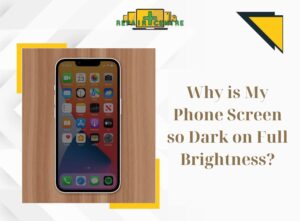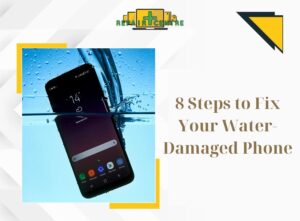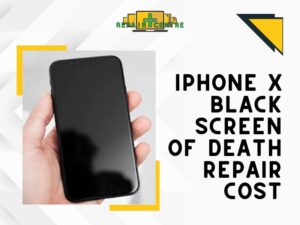Apple has come under fire recently for a new policy regarding battery/ Screen replacements. If a battery/screen is not replaced by an authorized Apple Service Center or Authoried Apple Independent Repair Provider, there is a message on the device saying “Important Battery/ Screen Alert.” This message will appear even if the battery is a genuine OEM (Original Equipment Manufacturer) battery of the same quality as the one Apple uses. The change has been met with criticism from many, who argue that it is an unnecessary inconvenience. Others have pointed out that Apple is simply trying to protect its interests by ensuring that only trained professionals handle its products. Whether or not you agree with the policy, it’s important to be aware of it so that you can make an informed decision about how to best care for your iPhone.
if you take 2 brand new iPhone 11 and swap the screen , both devices will show this message. The notice is not an indication of how good or bad a screen it was; rather just noting that one replacement has different serial numbers than what’s stored in settings for each phone.” When We as an IRP puts in a new screen, we have to use a special software to calibrate the new serial number so that your iPhone starts recognizing this replacement screen and this software is not available to the public.
Table of Contents
ToggleWhen you get the Genuine Part Alert on your phone.
the warning message will show up on the setting and lock screen as soon as Apple has detected non-genuine parts on your phone. The message will stay preeminently in the setting.
Does this message affect the phone's performance.
Apple insists that the message doesn’t affect your ability to use an iPhone. It’s just there as a warning to inform you that your replaced battery isn’t recognized by the iPhone.
What Phone Repair Centre can offer you?
As an Apple Independent Repair Provider we offer you the best fix. Being able to order genuine batteries and screens from Apple and having access to the calibrating software, so two hours later (or less!) yours should be good as new with no warning message.
We also have the high quality Aftermarket and OEM parts to suit your needs.
